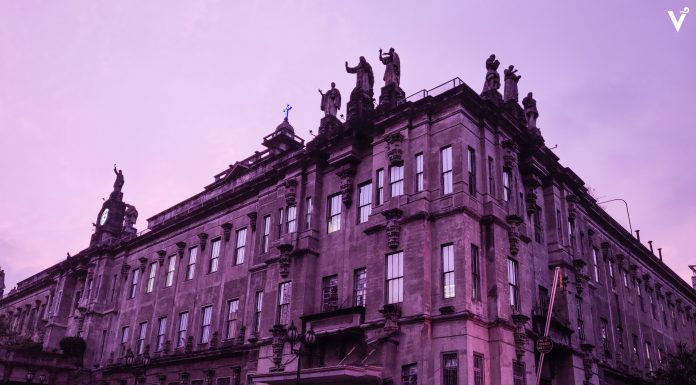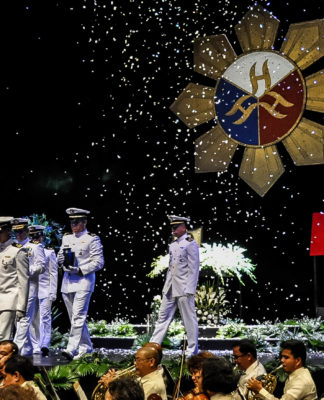 MUSICOLOGIST Corazone Canave-Dioquino pointed out in her article published in the official website of the National Commission for Culture and the Arts the three divisions in Philippine music history: indigenous, religious and secular, and semi-classical and popular music.
MUSICOLOGIST Corazone Canave-Dioquino pointed out in her article published in the official website of the National Commission for Culture and the Arts the three divisions in Philippine music history: indigenous, religious and secular, and semi-classical and popular music.
Indigenous music nowadays is played by only a small percentage of indigenous groups in the country. Dioquino explained that there are no writings about this type of music before the arrival of the Spaniards, but consequent reports by friars and travellers depict instruments made of wood, bamboo or bronze usually in the form of drums and flutes. Early Filipinos used music to celebrate various occasions like birth and weddings, or to mourn the passing of a loved one.
Sacred music was brought of course to the Philippines by the Spaniards. It continues to be heard in Catholic churches although sacred music is also being played in Protestant churches because of the American occupation.
With vast public education under the Americans, music became a subject. However, pop music is what remains prevalent in the industry up to this day. And highlighted with different forms of Western-inspired music, we have what is commonly known as P-Pop (Pinoy pop music) or OPM (Original Pilipino Music).
The 1970’s and the 1980’s marked the height of the music industry in the country. Iconic music artists such as Ryan Cayabyab, Freddie Aguilar, Imelda Papin and Pilita Corales set the bar of music standards in the local industry. Also included in the roster are Regine Velasquez, Ogie Alcasid, Lea Salonga and Francis Magalona, among others.
Now, skip a few decades and take a moment to grasp the local music industry of this generation.
The quality of music that Filipinos patronize today is appalling. Rap singers spew lyrics that make no sense at all, seemingly formed out of absolute love for sex and drugs or utter distaste for life. Remakes are sung over and over again by “singers” who think they nail it every time because they can belt the highest of notes and transform said remakes into screeching wails.
Can there ever be a tangible solution to the decline of musical quality in the Philippines? There are some who try to save the local music industry from falling into a spiral jaunt to despair, but somehow their efforts turn into futile attempts because overshadowing them are those who would rather listen to teen heartthrobs who think they possess the talent just because they won several music awards. (It’s a mystery why no one dares to remind them that they only got these so-called awards because of their looks and appeal.)
Would there ever be a local artist of today who would actually have the guts to address this seemingly unsolvable dilemma and help raise awareness to elevate our musical standards, be it in the local or international scope?
The world is a diverse combination of various races and languages. And yet if there is one thing that could unite these complexities, it’s music.
American composer Aaron Copland once said, “To stop the flow of music would be like the stopping of time itself, incredible and inconceivable.”
Music should be like the flow of time.
Let’s not stop the good music, folks.















